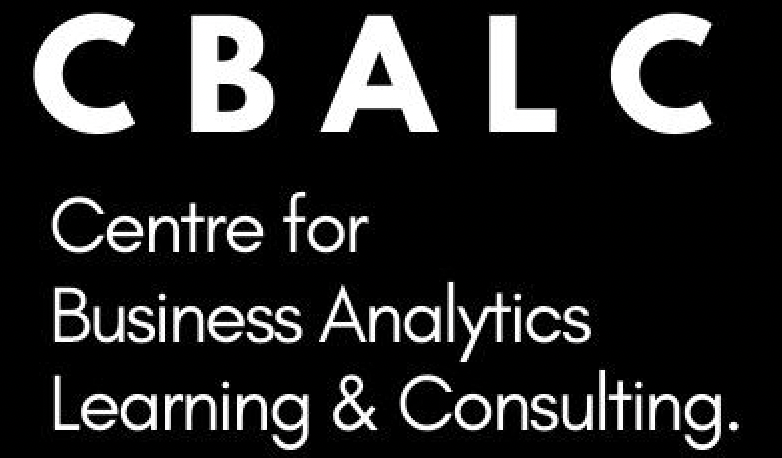Organisations are rapidly realising the importance of employee experience (EX) in attracting and retaining top personnel in today’s competitive employment market. A positive employee experience not only boosts productivity and efficiency but also enhances employee engagement and satisfaction, leading to higher retention rates and a more engaged workforce.
As companies focus on creating an employee-centric culture, People Analytics emerges as a crucial tool for measuring, understanding, and optimizing the employee experience. In this knowledge article, we explore the role of People Analytics in improving engagement and satisfaction by effectively measuring and acting upon employee experience data.
Employee Experience encompasses the entire journey of an employee within an organization, from recruitment to exit, and includes every interaction with the company, colleagues, and work environment. It encompasses aspects such as work-life balance, career growth opportunities, feedback mechanisms, leadership support, and overall job satisfaction. A positive employee experience can foster a sense of belonging, purpose, and fulfilment, while a negative one may lead to disengagement, decreased productivity, and ultimately, attrition.
The Power of People Analytics in Employee Experience Measurement
We understand that People Analytics is the practice of using data-driven insights to make strategic decisions about the workforce but when People Analytics is applied to employee experience, it offers a data-driven approach to understanding the various factors influencing the employee journey. By analyzing HR data, employee surveys, feedback, and other relevant metrics, organizations can gain valuable insights into what drives employee engagement and satisfaction, identify pain points, and develop targeted solutions to enhance the overall employee experience.
Key Metrics for Measuring Employee Experience
- Employee Engagement Surveys: Regular engagement surveys play a fundamental role in measuring the pulse of the workforce. These surveys typically include questions about job satisfaction, work environment, manager relationships, career growth opportunities, and overall company culture. The data collected from these surveys helps identify trends and patterns, enabling organizations to address issues and amplify positive aspects.
- Employee Net Promoter Score (eNPS): The eNPS measures the willingness of employees to recommend their organization as a great place to work. By categorizing employees as promoters, passives, or detractors, companies can gauge overall employee satisfaction and identify areas for improvement.
- Turnover and Retention Rates: Tracking turnover rates provides insights into how satisfied employees are with their roles and the organization. High turnover may indicate underlying issues that need to be addressed to improve the employee experience.
- Performance Metrics: Analyzing performance data can offer insights into the correlation between employee engagement and productivity. A positive employee experience often translates into higher performance levels.
- Pulse Surveys: In addition to regular engagement surveys, pulse surveys conducted more frequently can help capture real-time feedback and address emerging concerns promptly.
- Absence and Attendance Data: Employee attendance patterns can reveal potential burnout or dissatisfaction. Analyzing absence data can assist in identifying stress points in the organization.
Leveraging People Analytics for Actionable Insights
Collecting data is only the first step; the true power of People Analytics lies in the ability to extract actionable insights and make data-driven decisions. Here’s how organizations can utilize People Analytics to improve employee engagement and satisfaction:
- Identifying Engagement Drivers: By correlating survey responses with various HR and performance metrics, organizations can identify the drivers of employee engagement and satisfaction. These insights can help create targeted strategies to reinforce positive drivers and mitigate negative factors.
- Personalizing Employee Experience: People Analytics allows for segmentation of employee data, enabling organizations to understand the unique preferences and needs of different employee groups. This segmentation facilitates personalized initiatives, benefits, and development opportunities to enhance the experience for each employee.
- Predictive Analytics for Retention: People Analytics can predict potential attrition risks by analyzing historical data, such as engagement levels, performance, and career progression. Predictive models empower HR teams to proactively intervene and retain valuable talent.
- Addressing Managerial Impact: People Analytics can shed light on the influence of managers on employee experience. Identifying effective managers and areas for improvement in leadership can significantly impact employee satisfaction.
- Monitoring EX Metrics Over Time: Regularly tracking employee experience metrics allows organizations to measure the impact of interventions and initiatives. Continuous monitoring helps evaluate progress and make data-driven adjustments to improve engagement and satisfaction.
The Ethical Considerations of Employee Experience Analytics
While People Analytics offers invaluable insights, organizations must navigate ethical considerations to ensure the responsible use of employee data. Respecting employee privacy, obtaining informed consent, and ensuring data security are paramount in the implementation of People Analytics initiatives.
Conclusion
In today’s hyper-competitive business environment, prioritizing Employee Experience has become an essential aspect of fostering a motivated and productive workforce. People Analytics provides a data-driven approach to understanding and improving employee engagement and satisfaction. By leveraging key metrics, extracting actionable insights, and applying targeted strategies, organizations can create an employee-centric culture that attracts, retains, and empowers top talent. As the field of People Analytics continues to evolve, its role in enhancing employee experience and driving organizational success will remain at the forefront of the modern workplace.
– Vansh Khurana







